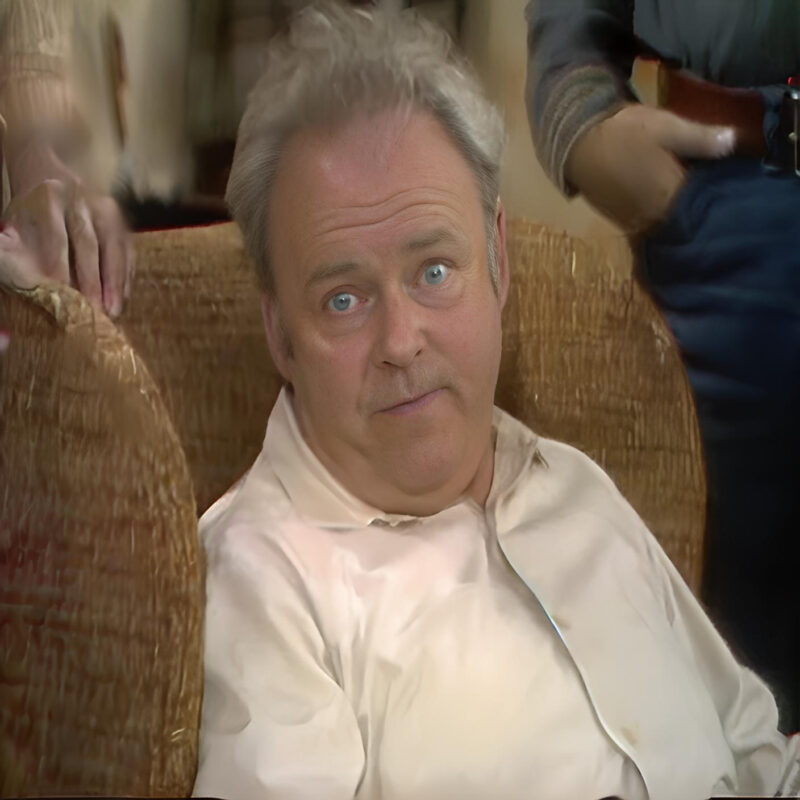
All in the Family, the groundbreaking television sitcom, redefined the portrayal of American families on TV. Premiering in 1971, the show was created by Norman Lear and Bud Yorkin and produced by Norman Lear. It wasn’t just a comedy; it was a mirror reflecting the complexities, prejudices, and evolving dynamics of American society. With its raw and honest depiction of a working-class family, the show didn’t shy away from addressing controversial and taboo subjects, making it a cultural touchstone of its time.
At the heart of All in the Family was Archie Bunker, played by Carroll O’Connor. Archie, the curmudgeonly, outspoken patriarch, embodied the prejudices and biases of many Americans during that era. His wife, Edith (Jean Stapleton), known for her kind-hearted yet naïve nature, often served as a counterbalance to Archie’s more abrasive personality. Their daughter, Gloria (Sally Struthers), and her liberal husband, Michael “Meathead” Stivic (Rob Reiner), represented the younger generation challenging Archie’s outdated views.
The show’s brilliance lay in its ability to tackle social issues head-on, using humor as a tool for reflection and discussion. Each episode delved into topics such as racism, sexism, homosexuality, and the Vietnam War, presenting them in a way that was both entertaining and thought-provoking. The conflicts between Archie and Michael, in particular, highlighted the generational divide and the changing attitudes of the time. These debates, often humorous, were grounded in real-life issues, making them resonate deeply with the audience.
All in the Family also broke new ground by challenging the traditional sitcom format. It moved away from the idealized and sanitized portrayals of family life seen in earlier shows like Leave It to Beaver and The Donna Reed Show. Instead, it presented a more realistic and, at times, unflattering picture of family dynamics. The Bunkers’ home wasn’t a polished set but a modest, lived-in space, reflecting the economic realities of many American families. This authenticity extended to the dialogue and interactions, which were often raw and unfiltered.
The impact of All in the Family on American television cannot be overstated. It paved the way for future sitcoms to address serious issues with humor and honesty. Shows like Roseanne, The Simpsons, and Modern Family owe a debt to All in the Family for its willingness to push boundaries and tackle difficult subjects. Moreover, the show’s success demonstrated that audiences were ready for more nuanced and complex portrayals of family life.
The legacy of All in the Family extends beyond its influence on television. It sparked conversations across the country, encouraging viewers to examine their own beliefs and attitudes. The show’s ability to provoke thought and discussion is perhaps its most enduring contribution. By holding up a mirror to American society, All in the Family challenged viewers to confront their own prejudices and strive for a more inclusive and understanding world.
In conclusion, All in the Family was more than just a television show; it was a cultural phenomenon that reflected the changing dynamics of American society. Through its honest and unflinching portrayal of a working-class family, it addressed some of the most pressing issues of its time. Its legacy continues to influence television and provoke thought and discussion, making it a timeless piece of American cultural history. All in the Family was indeed America’s family, warts and all, offering a candid and humorous look at the nation’s evolving identity.
